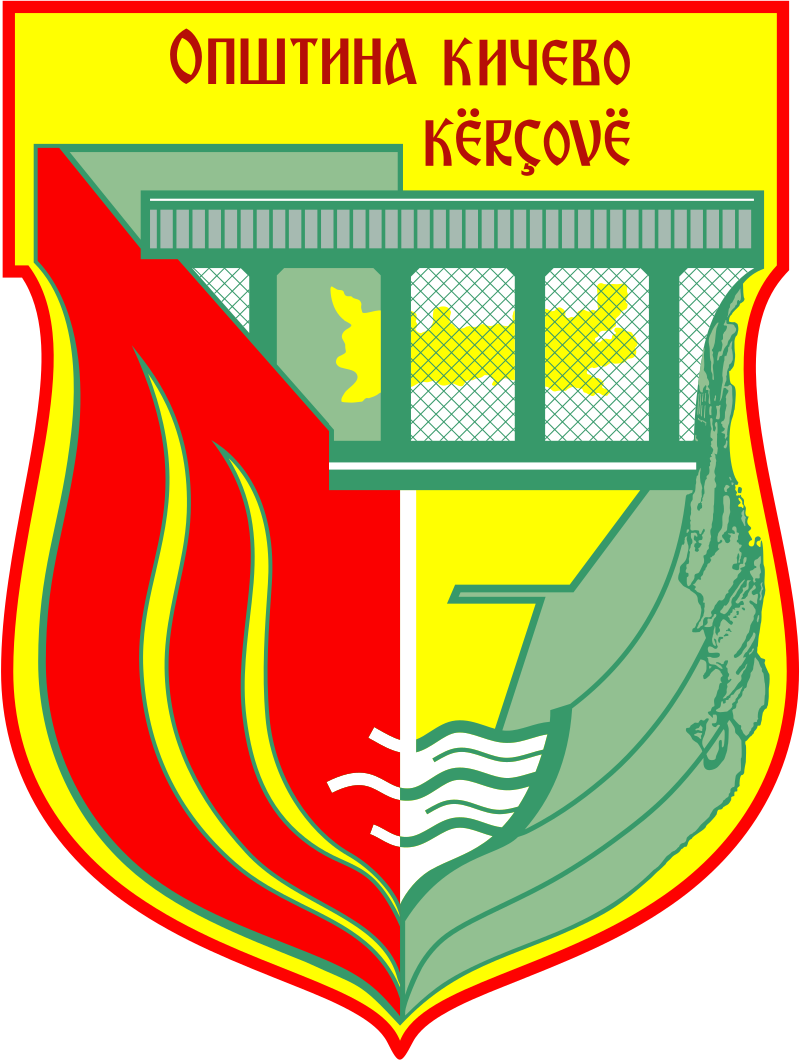
Kičevo lies in the Kičevo Valley beneath the southeastern slopes of Mount Bistra. Surrounded on all sides by high mountains, the valley belongs to the upper basin of the Treska River. To the north it reaches the Straza Pass, to the west it is bordered by Mount Bistra, to the south the valley extends toward Mount Ilinska, and to the east it adjoins the southern part of the Poreče region. The town itself lies at an elevation of 625–650 meters above sea level, with nearby villages ranging from 600 to over 1,000 meters.
Near present-day Kičevo stood the ancient town of Uskana, first mentioned during the reign of King Perseus of Macedonia. It played an important role in the Macedonian–Roman wars (170–169 BC). During Roman times, the area was well inhabited and roads were built to connect Scupi and Lychnidos. A castellum was built on the site of today’s Kale fortress. Over time, a small settlement grew at its base, developing into a prosperous trading town.
With the barbarian invasions, the settlement declined until the Slavs settled in the 7th century. Later, Bulgarian and Byzantine rule alternated. Under Tsar Samuel, Kičevo became a significant fortified military castron, while trade and civilian life flourished in the bazaar below. Through the 10th–13th centuries, the town was an important Byzantine outpost, later falling under Serbian rule under King Milutin. Kičevo may have been destroyed and rebuilt several times during this period.
In 1385 Kičevo came under Ottoman rule and developed into a military and administrative hub. By 1476, it was the center of the nahiya with 217 households. Over the centuries the town took on an oriental appearance. In the 19th century, with new Ottoman investments, a clock tower, fountains, and a water supply were built.
The bazaar became the heart of Kičevo — artisan shops, mosques, fountains, and tekkes appeared. Churches such as St. Apostles Peter and Paul, St. Petka, and St. Demetrius once stood here. In 1903, during the Ilinden Uprising, local leaders Arso Voyvoda and Jorden Piperkata briefly liberated the area before it was suppressed. By the early 20th century, the bazaar had over 200 shops, inns, and workshops, many of which still shape its appearance today.
In 1912, after the Balkan Wars, Kičevo was freed from Ottoman rule but soon faced new hardships under Serbian and later Italian occupation during World War II. On September 11, 1943, partisan forces liberated Kičevo — making it the first free town in Macedonia during the war. Although re-occupied several times, the town was finally liberated in November 1944.
After World War II, Kičevo developed as an administrative and cultural center, later entering the transition period with Macedonia’s independence in 1991.
Kičevo’s old bazaar, mosques, churches, and artisan traditions tell a story of centuries of coexistence and resilience. From the revolutionary struggles of the 19th century to the Ilinden Uprising and WWII liberation, Kičevo has remained a town of memory and pride.
Today, Kičevo is not just a place on the map — it is a reminder of history, identity, and belonging, carried in the hearts of its people at home and abroad.